Moving On Up: Royal Ballet dancer Calvin Richardson embraces fashion and talks all things ballet
"At the beginning there was a bit of imposter syndrome there, of just like, ‘Oh, I am a Principal now?'"
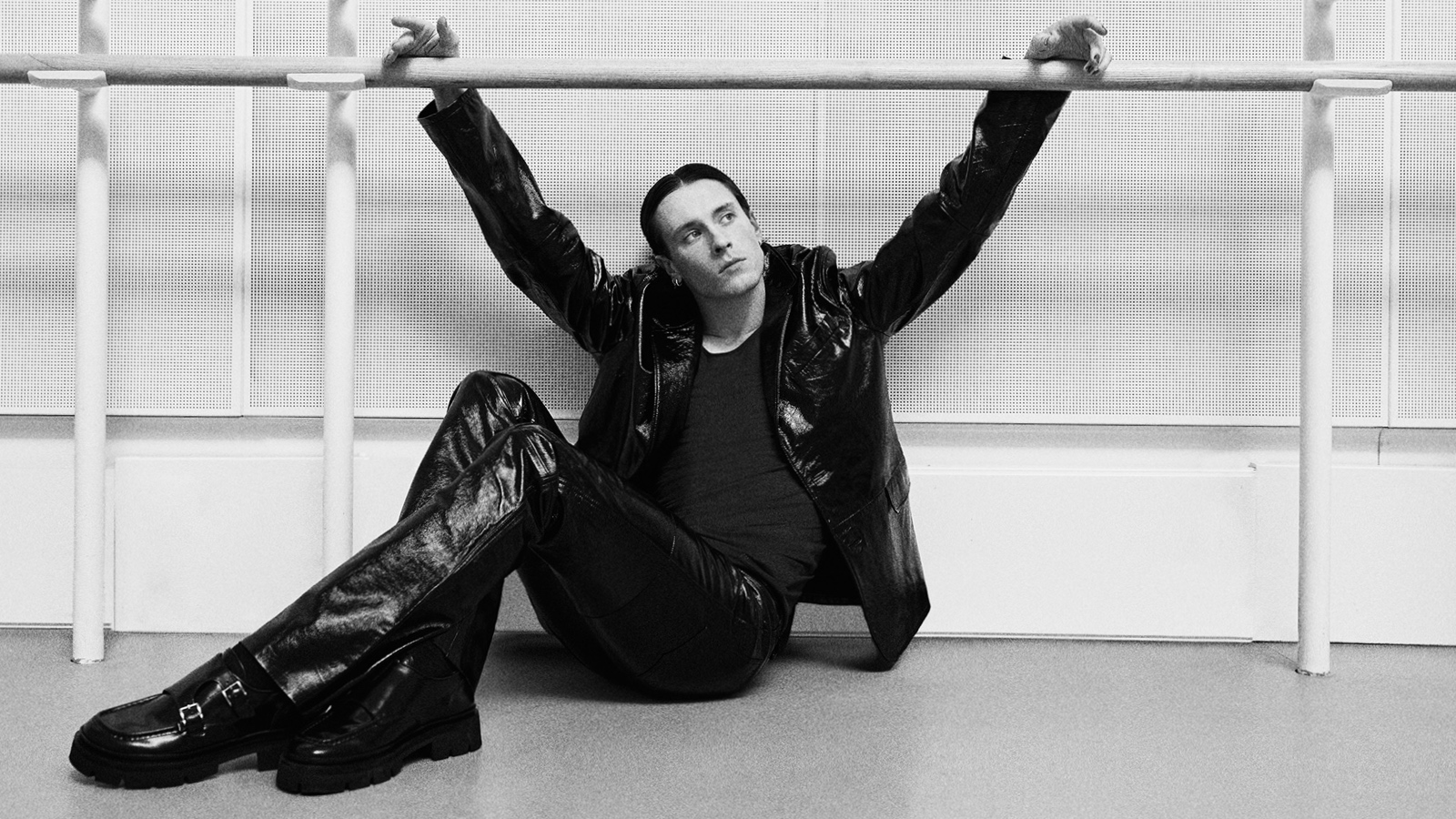
The Royal Ballet dancer Calvin Richardson has a flair for dramatic parts. Here, he talks about exploring more queer characters in dance, his dream roles, and finding his feet after being promoted to the prestigious rank of Principal…
Ballet dancer Calvin Richardson has always been very precise. The first time I met the Australian was in December 2016. It was my first time doing a photoshoot in the mother ship that is the Royal Opera House. I remember being led through the building, which is a sort of impenetrable Death Star fortress of dance, carrying clothes through a maze of corridors. As we climbed through the levels to reach our location, I peered through the large windows, behind which the corps de ballet were practising in cavernous rehearsal spaces. Periodically, the Tannoy announced calls to the stage and important business, and airport-style screens showed where everyone needed to be and at what time. At one point, the service lift opened to reveal what appeared to be a wall of giant feathered wings, presumably for a festive production.
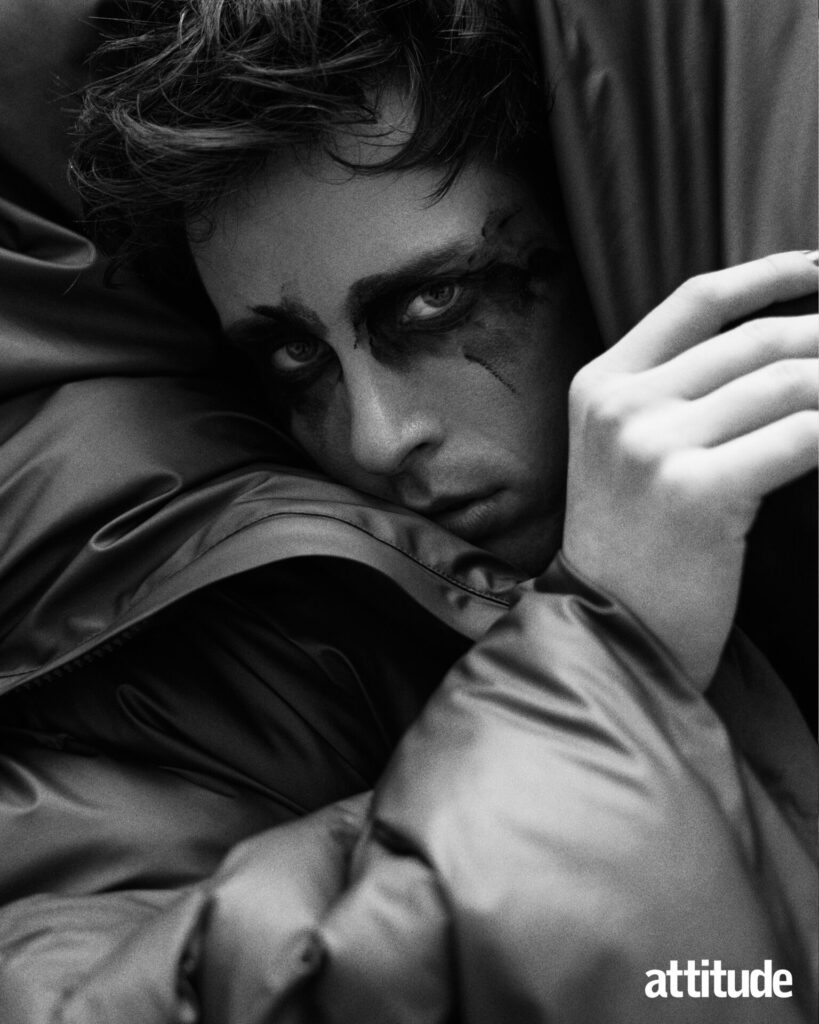
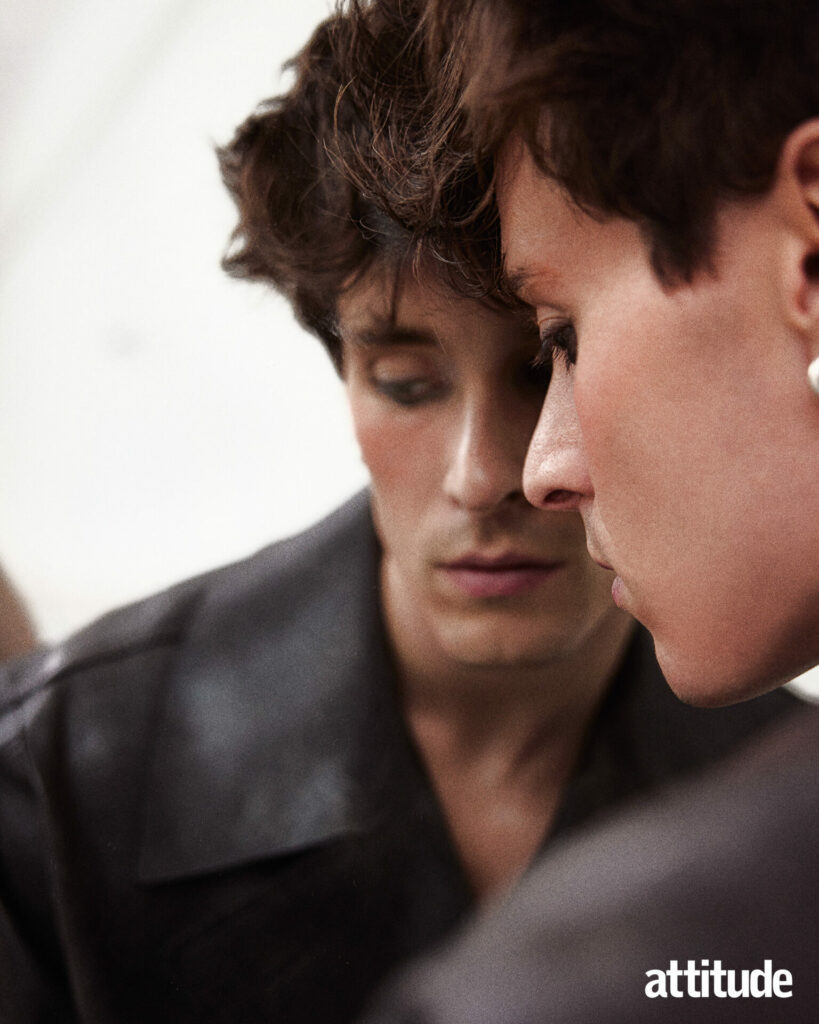
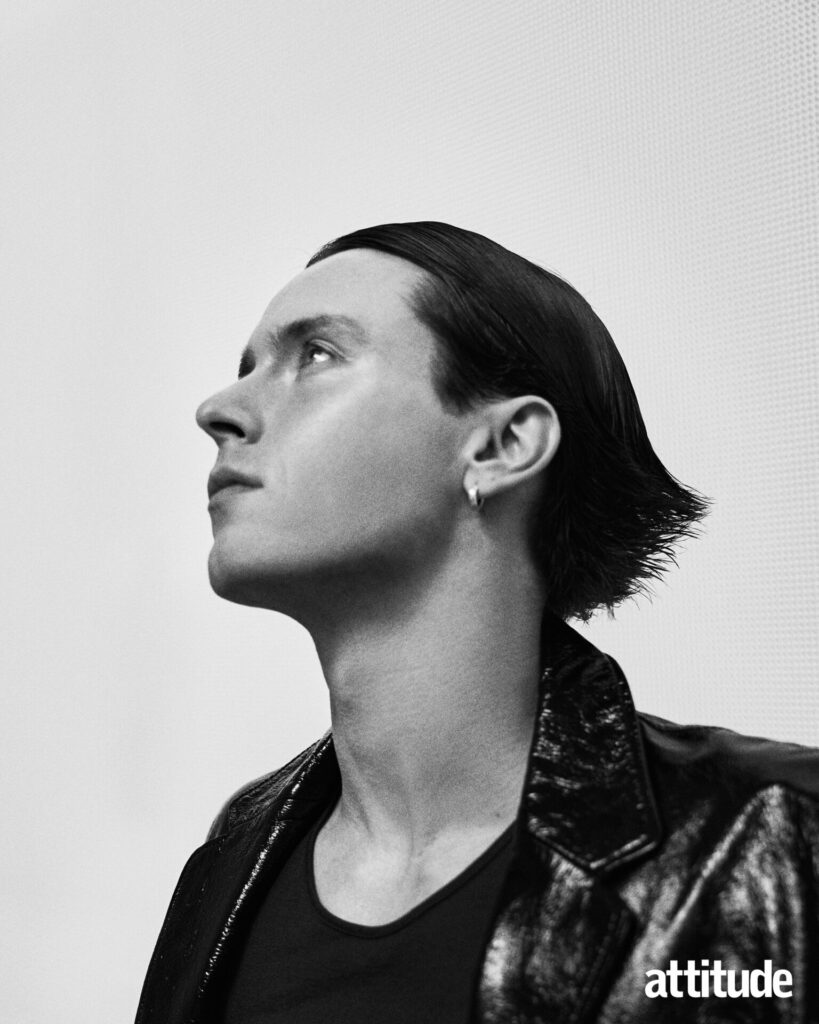
As we set up the clothes, looking out through wraparound windows over Covent Garden with the city of London skyline twinkling in the background, I was told by Ashley, head of ballet press at the Royal Opera House, that Calvin, who was ranked as First Artist at the company at the time, would finish his rehearsal later than the other dancers, so we would have just 20 minutes to shoot with him.
When it began, I can remember Calvin coming in and moving, before pacing to the monitor to critique his jumps, his feet, his everything. His brow furrowed, studying the screen before politely asking, “Can we go again, please? I can do it better. One more time, if that’s OK?”
We went way over the 20-minute time limit, but it was important for Calvin to get it just so, right down to the angle of his pinky finger. Since then, he has risen through the rigid ranks of The Royal Ballet and was promoted to the highest rank of Principal earlier this year. It is said that the best of the best work hard to make everything they do seem effortless (see tennis great Roger Federer), and over the years I have keenly watched how his quiet precision has blossomed into beautiful, emotion-evoking performances on the stage of the Royal Opera House.
When I talk about my love of ballet, I often direct people to Calvin’s heartbreaking, queer-infused performance with Edward Watson and Akane Takada in Wayne McGregor’s Woolf Works, set to a cinematically emphatic score by Max Richter. For all his precision, Calvin displays an intense freedom on stage, showcasing his ability to dance with a fluid quality that allows him to morph intensely into every character he plays. Now that he is a Principal, new roles will open up within the ballet world for him to explore, perhaps even originate, so that he can create a legacy of his own.
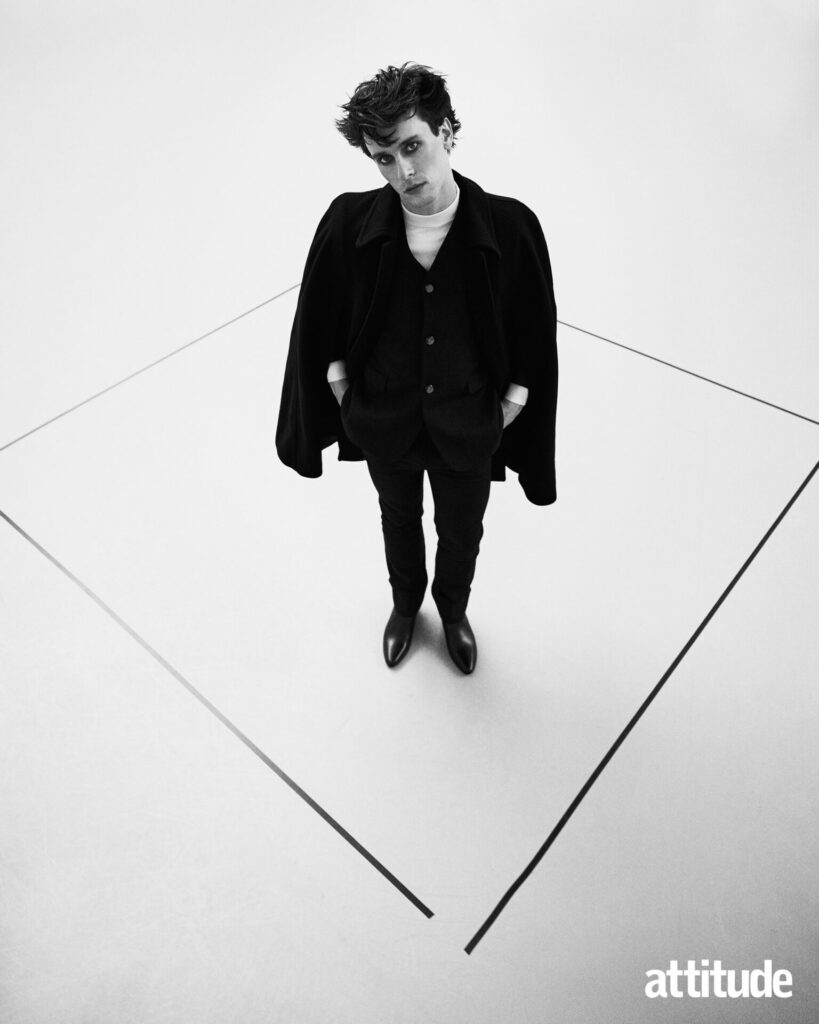
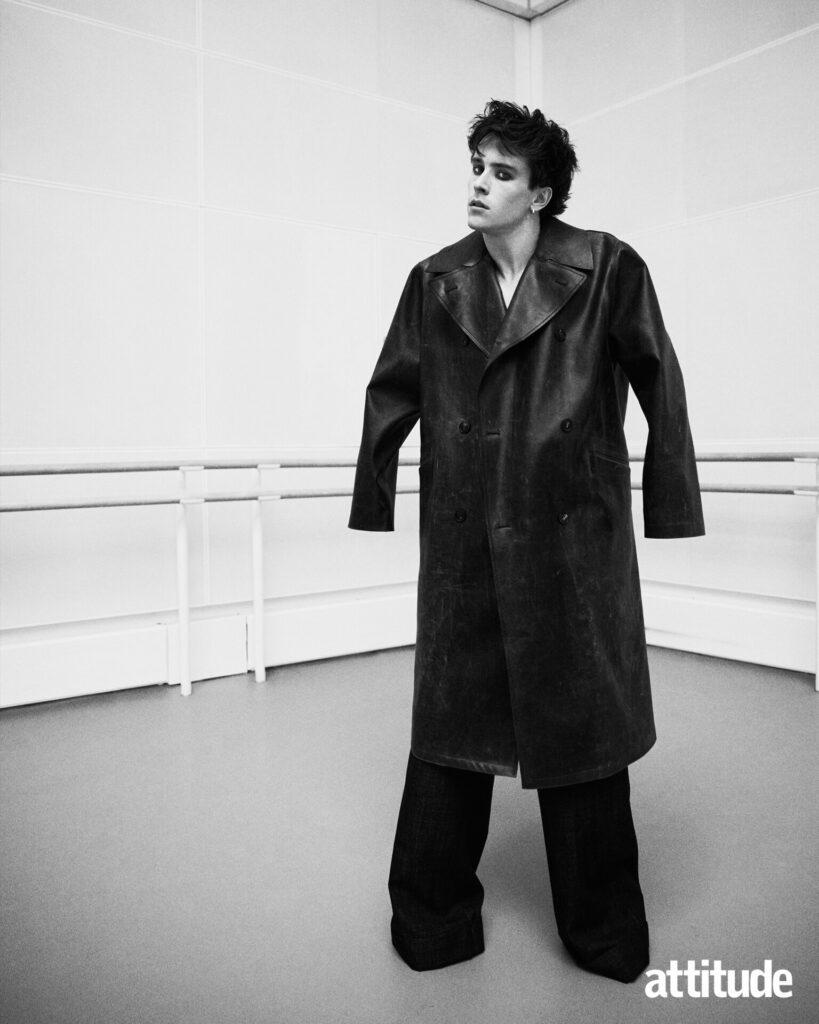
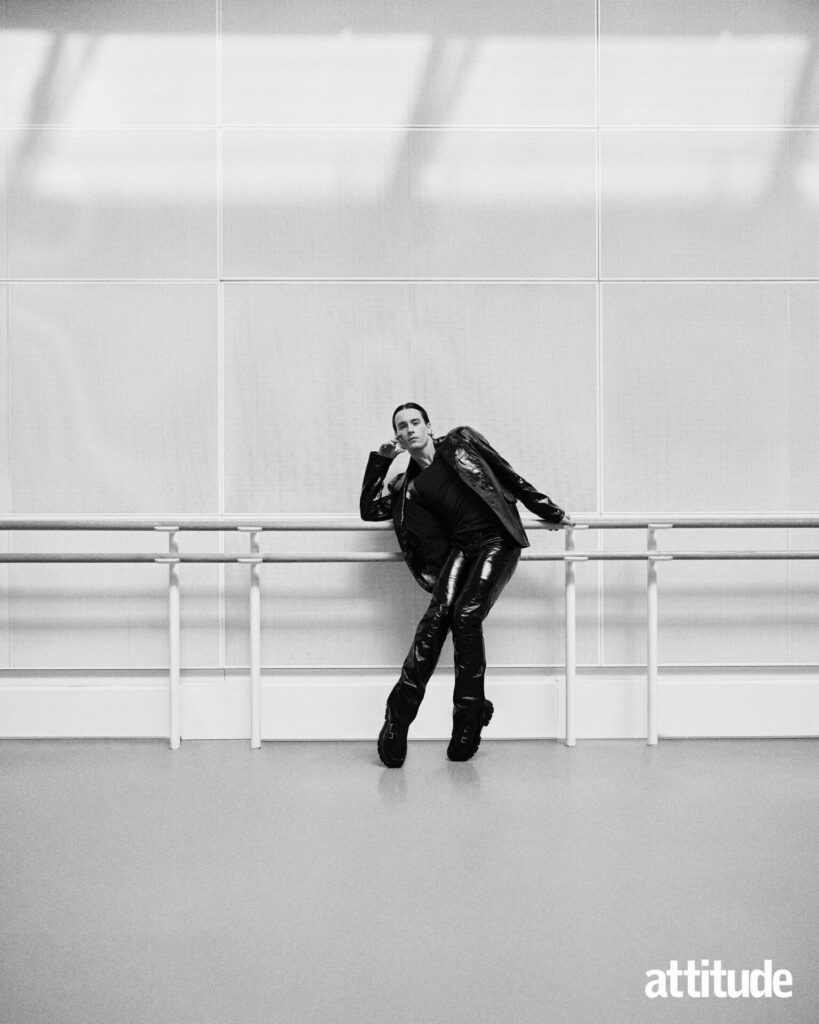
How does it feel to be promoted to Principal at the Royal Ballet?
It came as a huge surprise. I definitely wasn’t expecting that at all. It was possibly on the cards, but I was thinking [it was] maybe a few more years down the line. It was a big shock, but [I’m] just super happy and stoked. I’m still taking it all in, and I think it’ll take a year or two to process it fully.
Who did you call first when you found out?
I called Mum. Actually, I called my mum, and she couldn’t pick up straight away. I managed to speak to Dad, and then [I rang] old teachers and siblings. It was crazy. I was just crying and laughing for the rest of the day. It was exhausting, actually [laughs]. Even in the meeting with Kevin O’Hare [director of The Royal Ballet], I was [emotional].
How do you deal with the pressure of becoming a Principal?
You don’t. It’s just there. You just manage it how you can. I’ve been in the company for 10 or 11 years now and I think with this promotion, it’s just a huge life change. With every other promotion, I’ve kind of had an idea of what the next chapter is, whereas with this one, I was like ‘Oh! I actually don’t know how this works [now].’ It’s quite exciting, in a way, to be like, ‘OK, where do I want to take this? What direction do I want to go with this amazing opportunity that I have been given?’
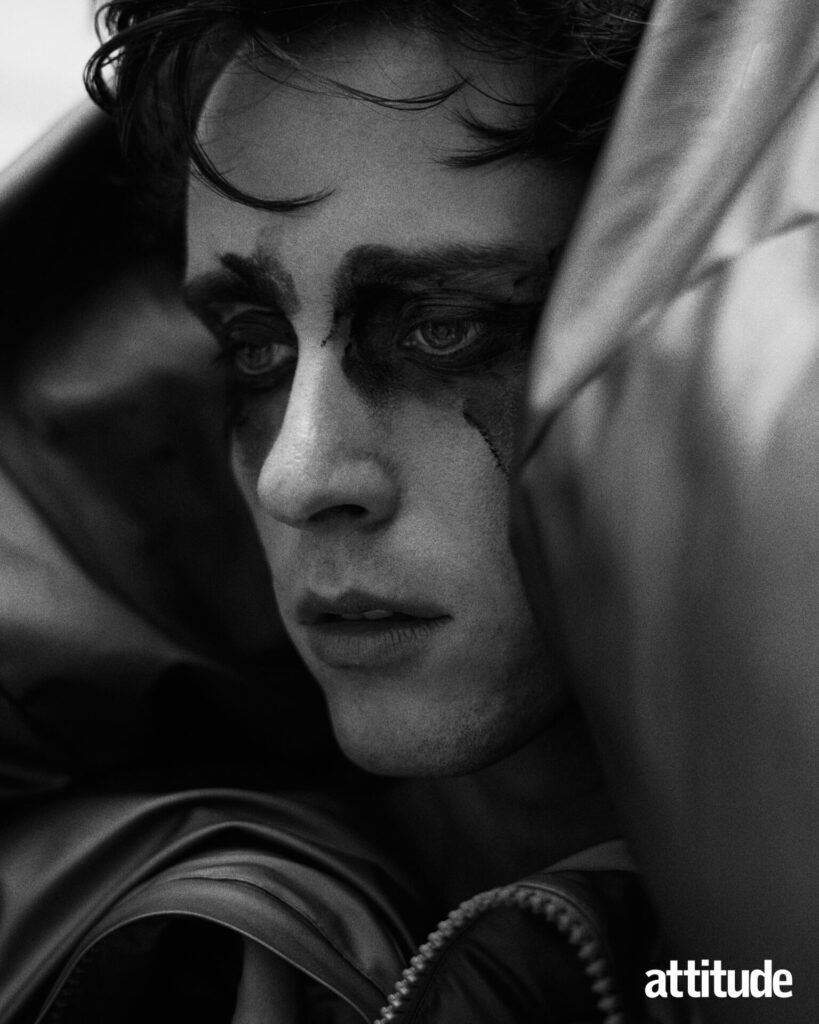
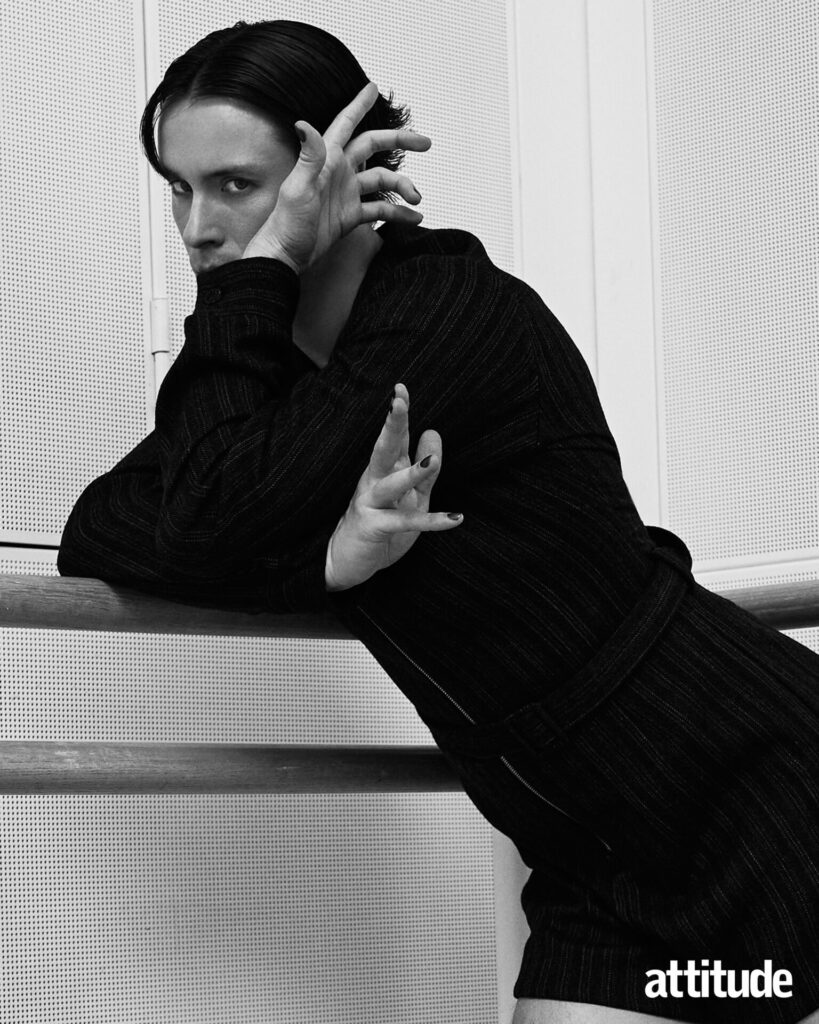
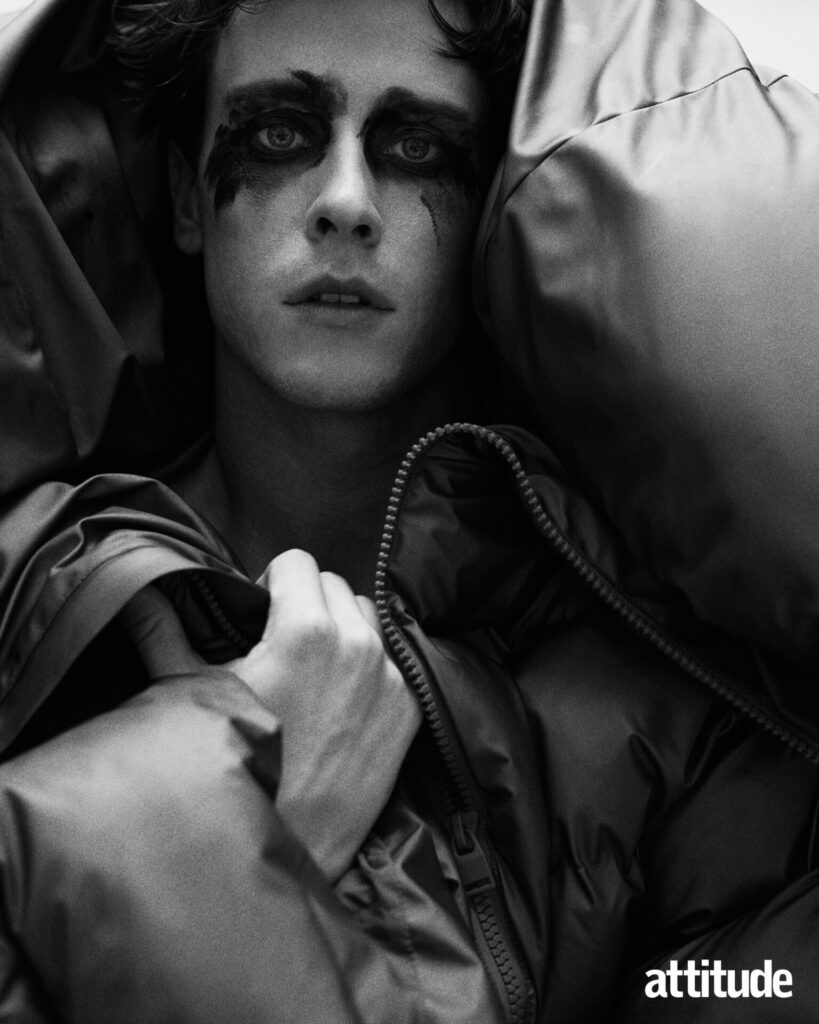
In a creative sense?
Yes, but also some people go into their role as an ambassador, passing on their knowledge and expertise. Others go into other creative industries, or dance institutions or galas as guest dancers — there’s so many different things to think about. It’s also [about] just figuring out the ropes and learning what this [position] is like. I just really want to take each step as it comes but also to not hesitate either. It is a different sort of feeling, to just be like, ‘OK, I can try to ask for things,’ and maybe in a way that I didn’t feel as confident to do before. I don’t know… maybe at the beginning there was a bit of imposter syndrome there, of just like, ‘Oh, I am a Principal now?’
And what’s changed?
So far, at the beginning, it’s felt more or less the same. The structure here is the same, and that’s been kind of nice. What’s started changing are things like moving down into the dressing rooms, because the corps de ballet, the Soloists, the First Soloists, are all together on level two, and then the Principals have smaller dressing rooms on stage level, so I’ve had to slowly move down. I’m really happy to be sharing with Marci [Marcelino Sambé] and Matt [Matthew Ball]. They were the year above me at school, so that’s been really nice. It’s been kind of sad to leave the dressing room on two though because it’s been 10 years that I’ve spent with all these people, so that feels different.
Have Marcelino and Matt given you advice?
Yeah, they definitely have. I’ve been really forward in asking questions because I’ve been thinking there are a lot of things that I don’t know, or how it works, and I don’t want to be sitting with that for too long. I feel like I just want to rely on others to help me as well and pass that down because I feel like I could very easily just isolate myself from receiving help.
Do you have any dream roles that you haven’t performed yet?
I would love to do Mayerling. I am super happy I have been able to do Manon with Melissa [Hamilton] and Romeo & Juliet with Maya [Magri].
What do you love about those roles?
It’s the drama! The MacMillan drama ballets have a darkness [to them]. There is a feeling that I’m going to just dive into this tortured character and just let it all out on the stage. That’s something that’s really beautiful for me.
Do you prefer more immersive roles or the more classical roles?
I prefer the storytelling. I’ve definitely found beautiful experiences in other styles of classical dance, but I think there’s just so much beauty in the way that MacMillan choreographed certain ballets, where the storytelling is informed by the choreography as well. But then, on the other hand, doing The Dream last season, which is a [Frederick] Ashton one, [was something that] I really enjoyed doing, too. It was really camp and fluid, and I really enjoyed getting into that as well.
Are there any LGBTQ+ stories or themes — books, films, non-fiction — that you would like to see made into a ballet?
It’s interesting that you brought that up, because Christopher Wheeldon just recently premiered the Oscar Wilde ballet [Oscar] with The Australian Ballet. I think that’s great. It’s another great step forward. I think in the same respect, just having diversity in the stories about queer people is always another great step forward. Just having diversity in the stories of queer people is always going to be of benefit. I would love to see an Angels in America type of story and something around the AIDS crisis. Maybe audiences would be more receptive now after the isolation that we all felt in the pandemic. I feel they’d be able to find parallels. It’s important because a lot of our [queer] history… we haven’t grown up being taught about that, and it’s important. I think there would be some really interesting stories there. Also, something like Giovanni’s Room [would be great]. But then I’d love to see some more campy, flamboyant stuff, even if it wasn’t a gay ballet — like a Stepford Wives ballet or something like that. It’s understanding that we’ve always been here, and that we have a perspective.
I’ve actually done a lot of queer roles in my career. Obsidian Tear had queer elements. I did Evans in Woolf Works; Albert de Belleroche in Christopher Wheeldon’s Strapless. Even Yugen sort of had queer elements based on [Leonard] Bernstein’s life. It’s always going to be important to keep showing all the different facets of people in every different period of time. I think theatre — particularly dance — just has a nice way of speaking to the things that you can’t put words to. I think that that lends itself to queer themes. It’s very much a felt experience, not like a spoken category.
How do you feel playing these queer roles?
Kevin [O’Hare, director of The Royal Ballet] once said to me, “I really enjoy your natural instinct that you do in the modern pieces. And you can apply that to your other work, to the more classical works.” Maybe he felt like I was a bit stiff in some of the classical roles, right? It was a different journey for me. I sort of broke in more with the contemporary stuff and, looking back, I wondered if maybe that’s partly because I felt like I was playing someone I wasn’t? Maybe I had more challenges there, whereas in the modern works, there was just a bit more freedom to move. And [things like that] are totally informed by your queerness — just down to the little things, like how you cross your legs when you sit down, and where you place your hands — all those little things that, as a kid, you’re just over-analysing to try to fit in. So, I do wonder if that was maybe affected by that slightly. I think it’s great to see queerness in bigger productions, and the more we can do that, then the more people we can reach as well.
Personally, [I am] definitely feeling a bit more confident in who I am and giving myself the allowance to be effeminate or however I’m feeling on that day and just going with the flow. That has definitely helped me to relax a bit more in a high-pressure environment where you’re constantly having to do your best and perform and impress.
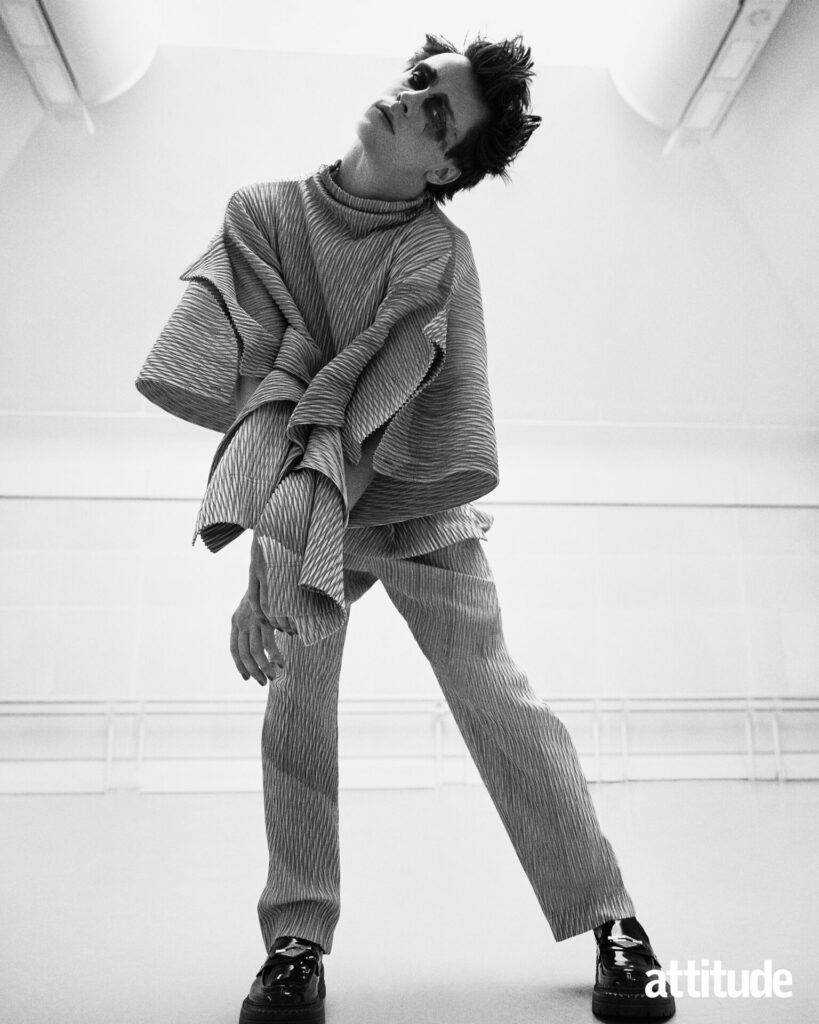
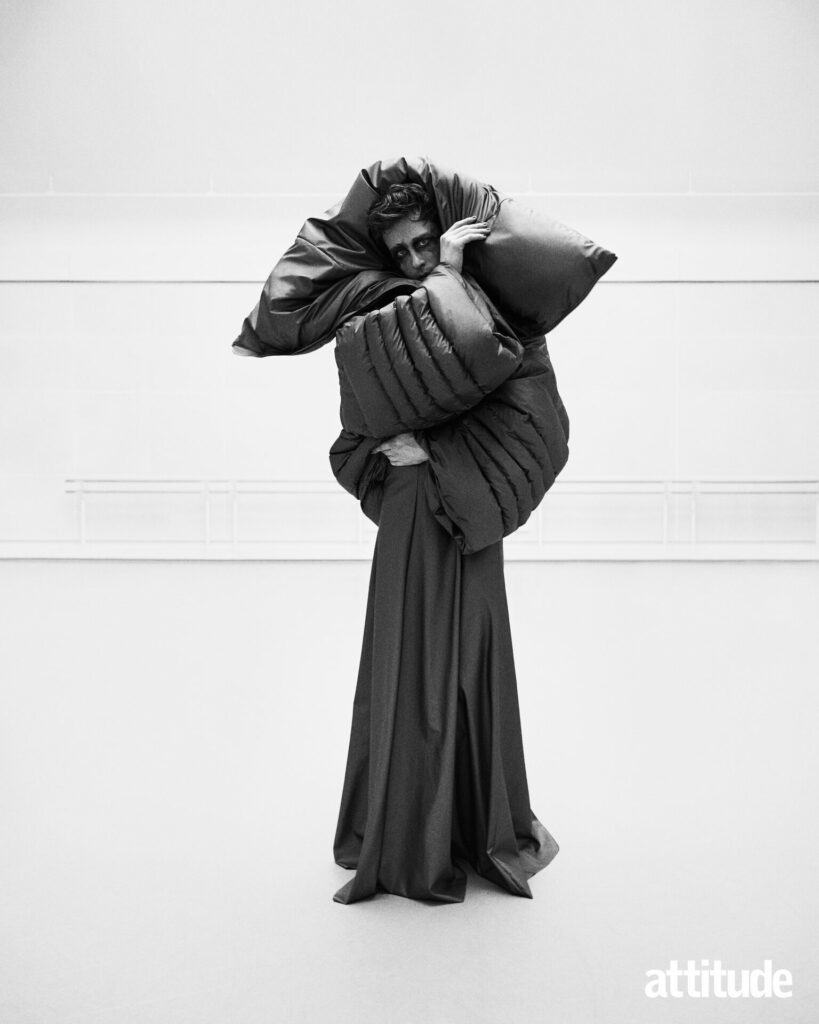
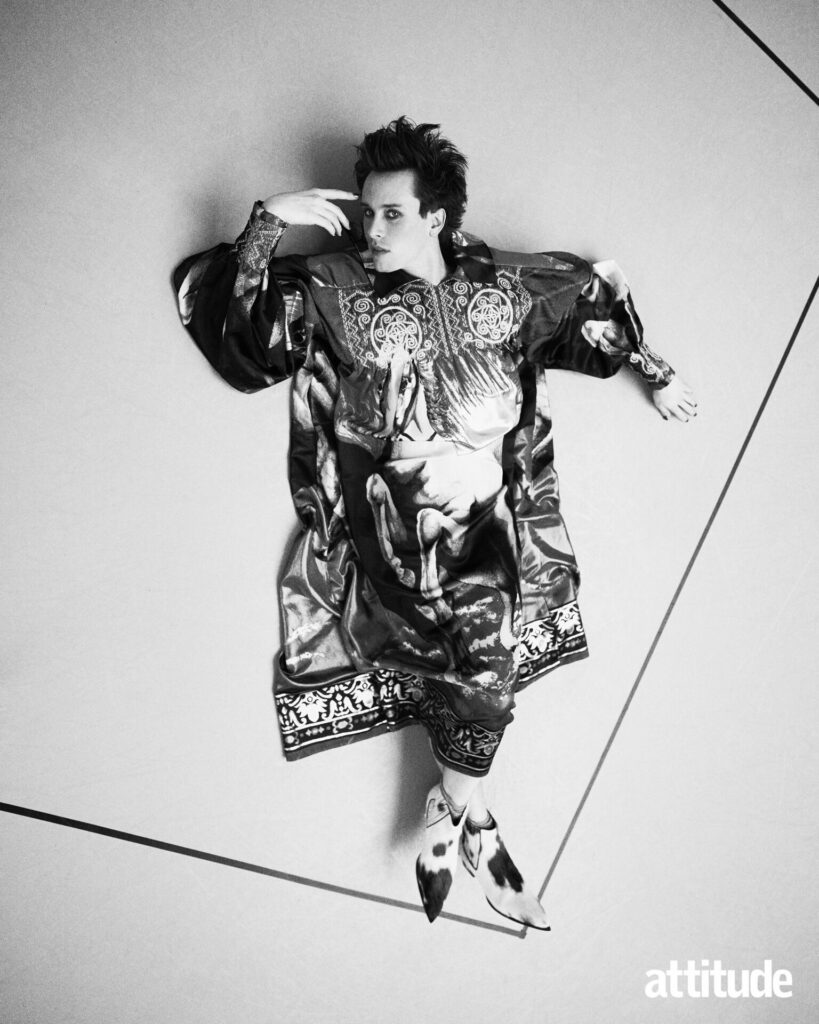
We’ve spoken a lot about your precision and being self-critical in the past. Does that continue on to the stage, or are you free there?
Oh, on stage, you’re free, for sure. You do all of the work leading up to it, and in that process, you’re sort of just drilling [yourself], but once you get on stage you just have to give in to that moment and let it be and trust the work that you have put in. There’s definitely been a shift in that, in terms of [me] not trying to get everything so perfect right at the beginning and actually allow myself to receive what other people are saying, and just being able to take it in before I respond, or put it into my body, and allowing myself to make mistakes. That’s been a process. I mean, I’m still working through all that stuff for sure. I’m still over-analysing everything.
What are you most excited about in the next season?
We’ve started rehearsing The Statement, a piece by Crystal Pite. I’m really looking forward to revisiting that. I’m super excited to return to Romeo & Juliet. But also, I think the thing I’m most excited about is maybe where this opens up outside of the building as well – potential opportunities to collaborate with other artists. I think maybe that’s the part of the job that I enjoy the most. You can be in a room and talking about something that we’re all going to create together. That’s really exciting for me – where I can work with people when maybe I don’t know anything about their art form, but we can come together and achieve something in the middle. That’s sort of what excites me. I would love to do more work, whether it’s with film or textiles, sculpture or lighting designers. That’s the nice thing about choreographing: you get to dip into all these different things.
The Royal Ballet presents Alice’s Adventures in Wonderland until 6 July 2025; rbo.org.uk
Words, creative & fashion Joseph Kocharian | Photography Jordan Rossi | Grooming by Sven Bayerbach at Carol Hayes Management using No.1 de CHANEL Skincare and Body care and Hair by Sam McKnight | Fashion Assistant: Aaron Pandher
See more in Attitude’s November/December Awards issue, out now, or via the Attitude app.
